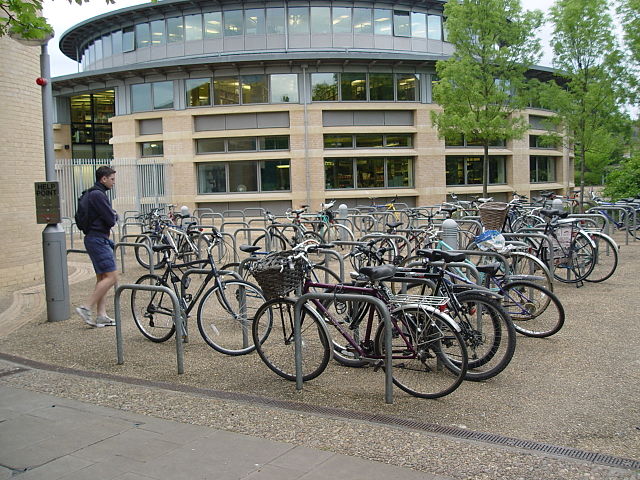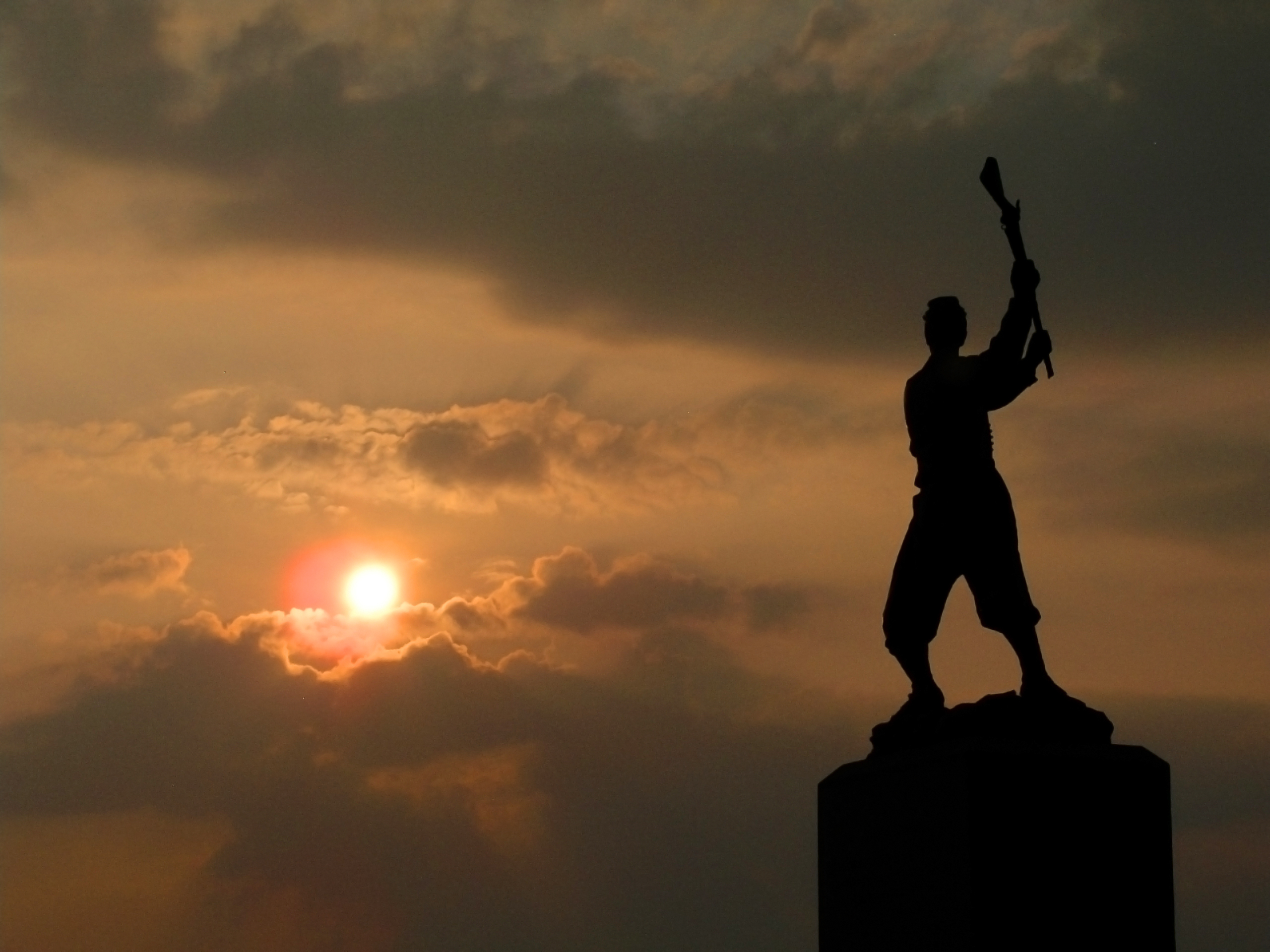National Bike to Work Month is coming to an end today. I’d like to take a moment — and this blog post — to reflect on bicycling to work.

I know many people who bike to work, and use biking as their main mode of transportation in general. I have friends who biked to work when I lived in Center City Philadelphia. I imagine they still do. My man bikes to work, about three miles each way. To me, this seems awesome yet terrifying at the same time.
I love the idea of the bicycle. It kills three birds with one stone — you’re exercising, you’re getting places faster than if you had walked, and you’re helping the environment! Finding parking for your bike is probably not as annoying as parking a car, you don’t have to pay for it, and you can often get closer to your destination before needing to park.
Yet…the bicycle and I are not friends.
This fact seemed to be glaring at me over the past few weeks. As mentioned, the entire month of May is dedicated to bicycling to work. Also, my department was reminded that our offices will be moved to a location that is not easy to get to by bus (my current mode of transportation to work). And I was writing an article with Penn State kinesiology researcher Melissa Bopp about active commuting.
Bopp’s study found that those who actively commute — read: walk or bike to work — can have a significant influence on their partners and co-workers to do the same. Whether or not an employer supports active commuting and availability of sidewalks and bike paths are also important factors.
And it turns out that men are more likely to actively commute than women. Why is this? Bopp’s current research doesn’t address the why, but I could guess. The appeal of arriving to work sweaty and with helmet hair is indeed overwhelming. And how does one bike to work in professional clothes and successfully still look professional when arriving to work? I know some people can do it, but this is yet another deterrent for me. But mostly, it’s that I haven’t been able to get over my bike-riding phobia.
My boyfriend has been trying to get me on a bike for a solid two years. I haven’t been on a bike for nearly 20. But one day a couple weeks ago, I told my boyfriend I was ready to attempt biking. He immediately got on Craigslist and found a bike. “It’s a pretty green color,” I replied…
We went to look at it, where boyfriend told me I had to ride it before we bought it. I’m pretty sure my apprehension was tangible. I’ll spare you the details, but just know there were tears of frustration, eventual pedaling by me while boyfriend held onto the bike and jogged along next to me, and a purchase, mostly because we were embarrassed by the whole fiasco and the amount of time this nice man let us take up on a Sunday.
I have gotten on a bike twice since then. However, I would not say I’ve achieved success quite yet. Or even close. But I’m not ready to give up. I am jealous of everyone I see riding a bike with ease these days. Maybe that will boost my determination, and I can join the ranks of people who encourage their coworkers to bike to work, too! Maybe. Keep your fingers crossed for me.

